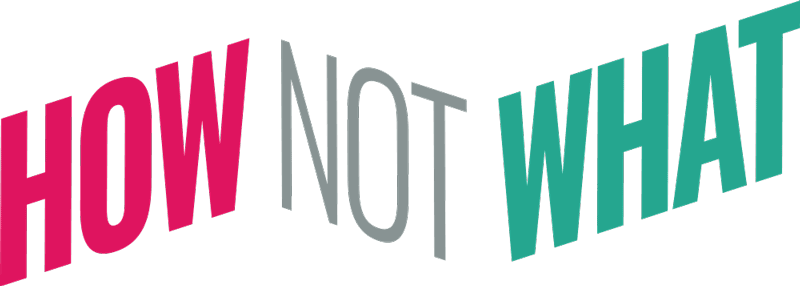Insight: Help on Your Doorstep
A relational journey with funders
I am often asked to share what it is that makes Help on Your Doorstep (HOYD) effective at what we do. My answer tends to highlight the scope and quality of our relationships with the community and with our delivery partners. It’s about how we set out our stall out to engage ‘relationally’ with these two stakeholder groups. For us this means listening and understanding, responding, collaborating, learning together and building on strengths. There is however, a third set of relationships that underpin the way work and are, therefore, a necessary prerequisite. The relationships that we have with funding organisations!
In the best case scenarios, grant funders and commissioners are not just income sources. Together, we can support our respective ongoing development to become more effective change agents where there is capacity and ambition to do so.
Funding relationships vary. At one end of the spectrum there can be transactional, arm’s length relationships involving money in exchange for monitoring reports. These do have their place, particularly if the funders do not realistically have the capacity to be more engaged and just trust us to get on with it.
At the other end of the spectrum there is real, purposeful engagement where we work together towards shared goals. I can point to many examples of the relational funding approach yielding new and more impactful ways of working within Help on Your Doorstep.
Our longest standing relationships have been with a handful of funders who know Islington very well. Islington Council, Cloudesley, Cripplegate Foundation, Islington Giving, Peabody Community Foundation and the Clinical Commissioning Group have all supported our work over the last 10 years or more, and as stakeholders have all contributed to shaping who we are today. Beyond funding, our work with these organisations has involved genuine partnership on a number of fronts. These include addressing isolation, responding to welfare reform, community wellbeing initiatives and supporting people with long term health conditions.
I think that these relationships have all started with a recognition that both funder and ‘funded organisation’ have aligned goals. We all bring ‘assets’ to the table – resources, knowledge and experience, an evidence base, important connections and a passionate commitment to making change happen. Taking time to understand these, is time well spent and can result in a ‘multiplier effect’ when thoughtfully mobilised.
Working together in this way results in a deepening of trust. It shifts the dynamic away from conversations solely concerned with measurement of what difference has been made. It opens up the scope for ongoing open collaboration and learning about ‘what works and what doesn’t?’, ‘why?’, ‘what should we do differently?’, ‘what are the wider system implications?’. Crucially, this dynamic has the potential to catalyse change. Not just for the beneficiary, but also for the organisations themselves and, possibly beyond this.
A good example of this has been the development of our Good Neighbours Schemes. 10 years ago Help on Your Doorstep (as a provider), Islington Giving (as a funder) and a group of residents in New River Green Estate came together to think about a new approach to tackling isolation. There was broad agreement on the goal and on the core principles that needed to underpin any solution, e.g. local resident ‘ownership’, building in learning and iteration. Critically, there was no attempt to over-define the solution or at this stage to pluck target outputs out of the air.
In our early thinking we imagined that the project might emerge as a sort of estate based mutual befriending project with HOYD managing the links, safeguarding and other practical aspects. What actually happened, as we unpacked the issues and options was very different.
Residents wanted more than a binary project involving those with spare time making connections with those who were isolated. They wanted to build a sense of community, to come together around the issues that were important to local people and create inclusive opportunities for people to connect with each other.
To cut a long story short, the project launched and evolved into a resident led and delivered local system of mutual support and activities that proactively links people with few local connections into a wider community network. Rich and meaningful friendships arise from these interactions that endure over time. A greater sense of community has developed over years as a result of the scheme and the feedback is that the estate feels like a much friendlier, more supportive and safer place to live. Residents are doing it for themselves!
Islington Giving and HOYD have since worked together to replicate the Good Neighbours Schemes 3 times in other Islington communities. The local authority, The Clinical Commissioning Group and RSLs including Peabody, Clarion and SHG have all come on board to support and develop the approach, financially and with a wealth of experience. All parties recognise that the ‘journey’ is as important as the destination and are committed to act on insights derived from this.
Why is the journey important? When dealing with multiple and complex social issues in an ever changing landscape it is often unrealistic to think that sustainable result can be achieved by only focusing on enabling particular beneficiary cohorts to behave differently e.g. to become more resilient, or more connected. The system needs to behave differently! Money and resources need to behave differently to respond to ever changing circumstances.
As a charity chief executive I value what funders and commissioners can bring in to play, beyond money. I also recognise that we have much more to offer beyond demonstrating delivery outcomes of specific projects. And it’s not surprising to me that those very same qualities that we bring to our relationships with our services user are ones that deliver added value when funders and service providers work together.
